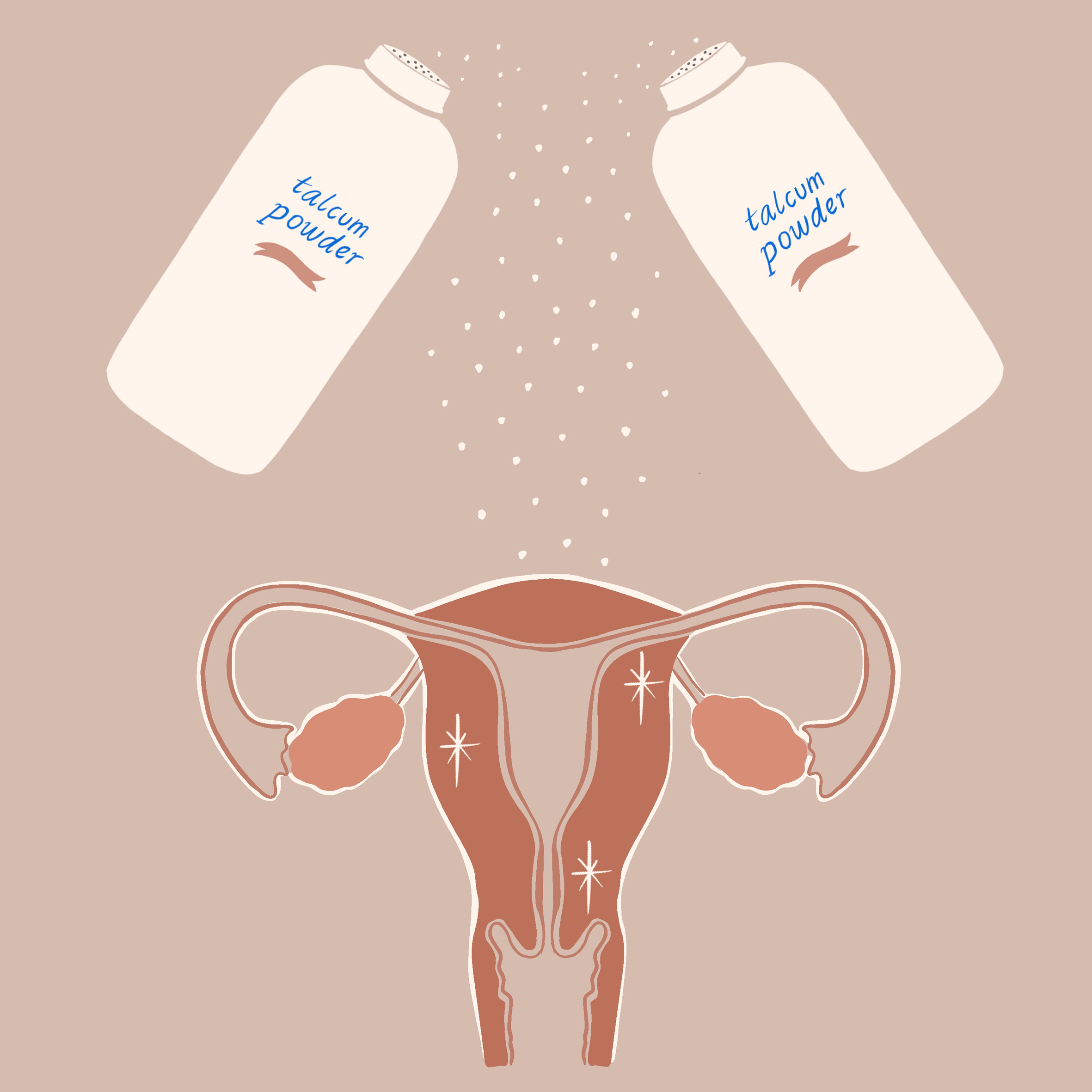For decades, women have unknowingly faced talcum powder risks related to widely used cosmetic and hygiene products. Now, armed with knowledge and support, they’re fighting back – and winning – in courts across the country.
Johnson & Johnson (J&J), the supplier of the most well-known talc products, will have to pay millions of dollars in damages to a female consumer who developed mesothelioma, a California jury recently decided.
Asbestos and Mesothelioma
Researchers have tracked the development of possible talcum powder in a woman’s body for decades, and multiple studies prove there’s a correlation between J&J’s products and reproductive cancer. Though previous California courts have dismissed talcum lawsuits or overturned verdicts due to “a lack of scientific evidence,” other states have ruled in favor of injured individuals.
The risk of asbestos-related mesothelioma is another facet of how long-term talcum powder use can affect the body. In the last two months, juries have awarded damages to individuals who allegedly developed mesothelioma after using J&J’s talcum powder. In one case, a New Jersey awarded $80 million in damages to a man who developed cancer after using J&J’s products.
Joanne Anderson, a California woman who reportedly used J&J’s talc products more than 10,000 times, will receive $21.7 million in compensatory damages and an additional $4 million in punitive damages. Anderson used talcum powder products on her children and her own hands and shoes while bowling, according to her attorneys.
The Los Angeles jury said J&J acted with “malice, oppression or fraud,” holding the company responsible for 67 percent of Anderson’s mesothelioma. The rest of the fault is related to possible asbestos exposure from her husband’s auto work.
J&J’s representatives maintain the safety of their product, claiming it doesn’t contain asbestos or cause mesothelioma. Despite decades of research, the court ruled that the jury doesn’t have the power add a warning label to J&J’s products in place of awarding punitive damages.
Talcum Powder Studies
J&J has marketed its Baby Powder products as a routine method of maintaining freshness and said it was safe to use for both babies and women. It’s dusted on genitals to absorb moisture, treat diaper rash, mask vaginal odor and reduce chafing in sensitive areas.
When it's sprinkled on the body, there is a chance that particles could be swept into the respiratory system through the mouth or nose. Extended exposure can lead to serious pulmonary problems, worsening asthma, pneumonia, and even lung cancer.
More than 20 studies have indicated a link, with the theory being that talc particles can enter the vagina, travel through the uterus and damage the ovaries. The particles can cause increased inflammation, pain, and growth of tumor cells. It can take years to clear these contaminants from the body.
As far back as 1971, a British study discovered talcum particles “deeply embedded” in 10 of 13 ovarian tumors. A few years later, in 1982, the link was statistically proven and published in the medical journal Cancer. Continued studies found that talcum use contributed to a 35 percent higher chance of developing the disease.
In the most recent talc cancer case, Anderson’s attorneys showed centuries-old studies involving industrial mines to provide answers to continued questions about talcum powder.
Because the talc-based powder is a cosmetic product, the U.S. Food and Drug Administration does not regulate it. The administration says it is the legal responsibility of the company itself to make sure its products are safe to use and to label the products accordingly.
